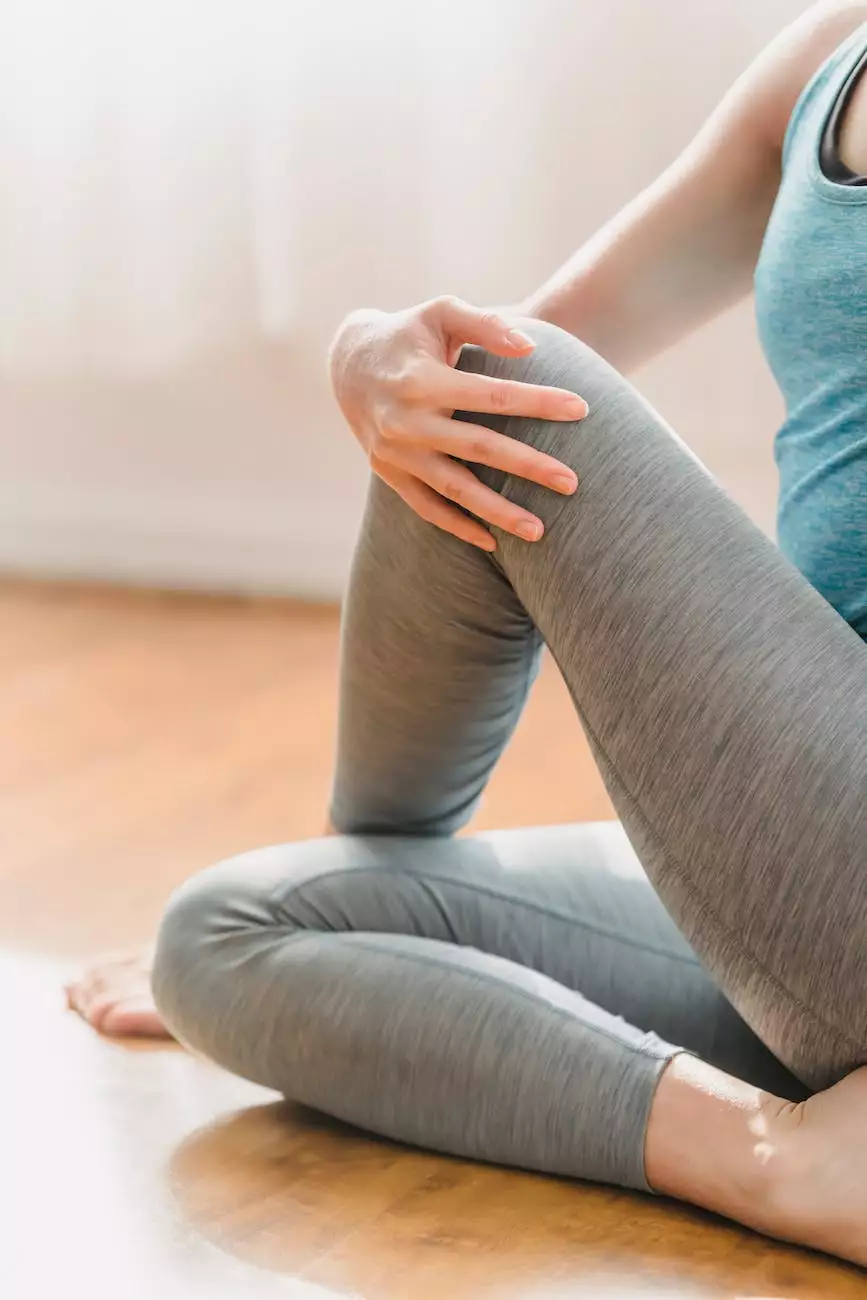What is a Comprehensive Exercise Routine?

At Anointed and Blessed Home Health Care, we believe that a comprehensive exercise routine is essential for maintaining good health and overall well-being. Regular physical activity is crucial, regardless of age or fitness level. In this article, we will explore the importance of a comprehensive exercise routine, its various components, and how it can positively impact your life.
The Importance of Exercise
Exercise is not just about physical appearance, it plays a significant role in maintaining optimal health. Incorporating a well-rounded exercise routine into your lifestyle offers numerous benefits, including:
- Improved cardiovascular health: Regular exercise helps to strengthen your heart, lower blood pressure, and reduce the risk of heart disease and stroke.
- Weight management: Engaging in physical activity helps in managing weight by burning calories and building lean muscle mass.
- Enhanced mental well-being: Exercise has been proven to release endorphins, which are natural mood boosters, reducing stress, anxiety, and symptoms of depression.
- Increased energy levels: Regular exercise improves muscle strength and endurance, making daily tasks feel less exhausting.
- Improved quality of sleep: Incorporating exercise into your routine promotes better sleep, leaving you feeling refreshed and revitalized.
Components of a Comprehensive Exercise Routine
A comprehensive exercise routine is one that includes various components to target different aspects of fitness. Let's explore the essential elements that make up an effective routine:
1. Cardiovascular Exercise
Cardiovascular or aerobic exercise involves activities that increase your heart rate and breathing. It helps to improve endurance, stamina, and overall cardiovascular health. Some popular examples include brisk walking, jogging, cycling, swimming, and dancing. Aim for at least 150 minutes of moderate-intensity aerobic activity per week.
2. Strength Training
Strength training involves activities that focus on building and strengthening your muscles. It helps improve bone density, increase metabolism, and enhance overall functional abilities. Examples of strength training exercises include weightlifting, resistance band workouts, bodyweight exercises, and yoga. Aim for two to three strength training sessions per week, targeting different muscle groups.
3. Flexibility Training
Flexibility training is essential for maintaining joint mobility, preventing injuries, and improving posture. Incorporate stretching exercises, yoga, and Pilates into your routine to enhance flexibility. Aim for regular stretching exercises at least three times a week.
4. Balance and Coordination Exercises
To reduce the risk of falls and enhance overall stability, include exercises that focus on balance and coordination. Incorporate activities such as tai chi, yoga, and specific balance exercises into your routine. Aim for at least two balance and coordination sessions per week.
Building a Personalized Exercise Routine
Now that we understand the various components of a comprehensive exercise routine, how do we go about building one that suits our individual needs and goals? Here are some steps to help you create a personalized exercise plan:
1. Assess Your Current Fitness Level
Before starting any exercise program, it's essential to assess your current fitness level. This will help you determine the appropriate intensity and duration of each exercise. Consider factors such as your age, medical history, and physical abilities.
2. Set Realistic Goals
Identify your fitness goals, whether it is weight loss, improving cardiovascular health, increasing muscle strength, or simply staying active. Setting realistic and achievable goals will keep you motivated and focused.
3. Choose Activities You Enjoy
To sustain long-term adherence to your exercise routine, select activities that you enjoy. Find activities that align with your interests, such as dancing, hiking, swimming, or cycling. By choosing activities you love, exercise becomes an enjoyable part of your daily life.
4. Start Slowly and Progress Gradually
It's important to begin your exercise routine at a comfortable pace, especially if you are a beginner or returning after a long break. Gradually increase the intensity and duration of your workouts over time to avoid injury and allow your body to adapt to the changes.
5. Vary Your Routine
To prevent boredom and ensure overall fitness development, include a variety of exercises in your routine. Mix cardio, strength training, flexibility, and balance exercises to keep your workouts interesting and challenging.
6. Seek Professional Guidance
If you're unsure about designing a comprehensive exercise routine on your own, consider seeking guidance from a certified fitness professional. They can assess your needs and provide personalized recommendations tailored to your goals and fitness level.
Conclusion
A comprehensive exercise routine is a vital component of a healthy lifestyle. By incorporating cardio, strength training, flexibility, and balance exercises, you can reap the numerous benefits of exercise, creating a positive impact on your physical and mental well-being.
Anointed and Blessed Home Health Care encourages individuals of all ages to embrace the power of a comprehensive exercise routine. Start incorporating these components into your daily life and experience the transformative effects on your overall health and quality of life.



